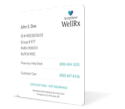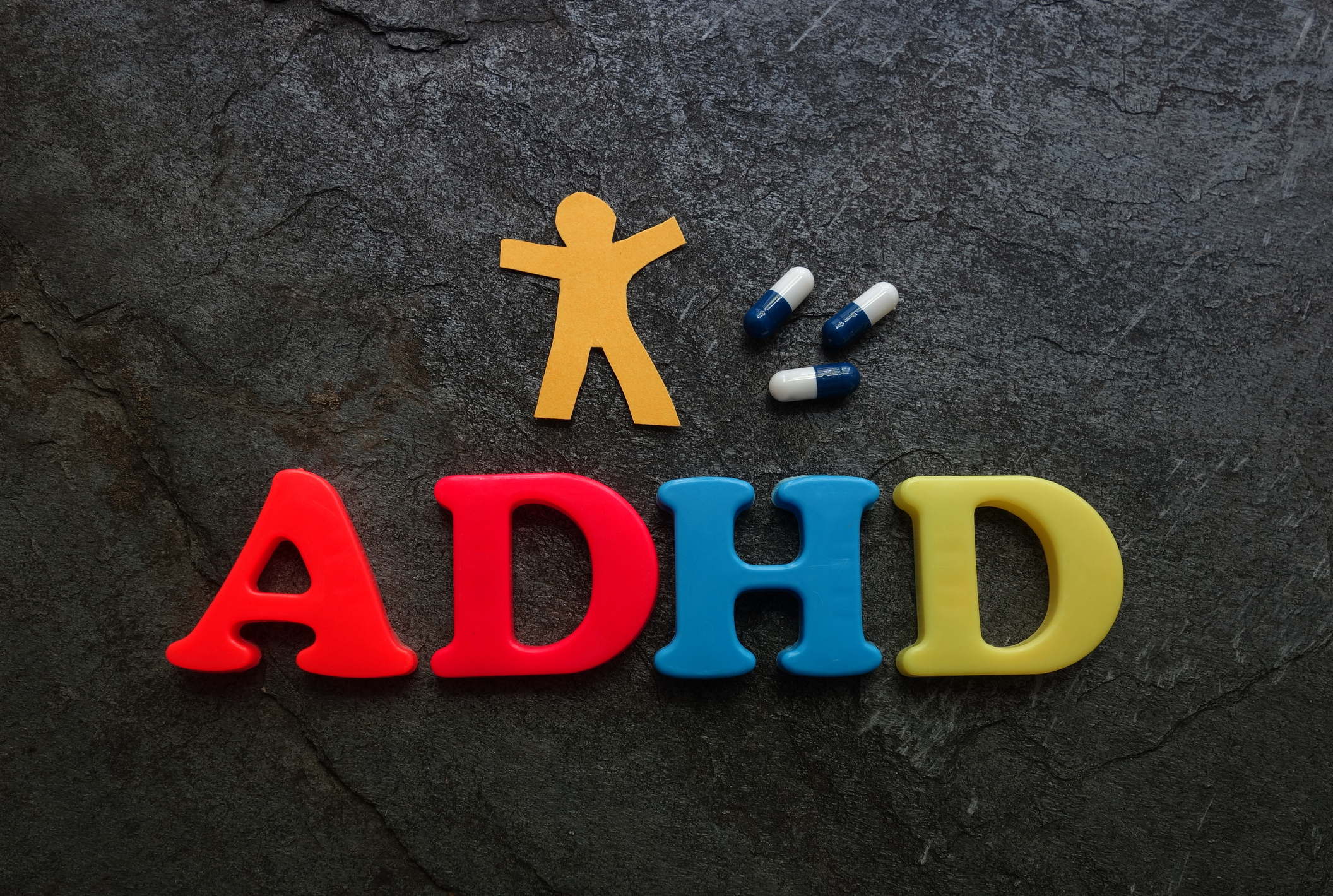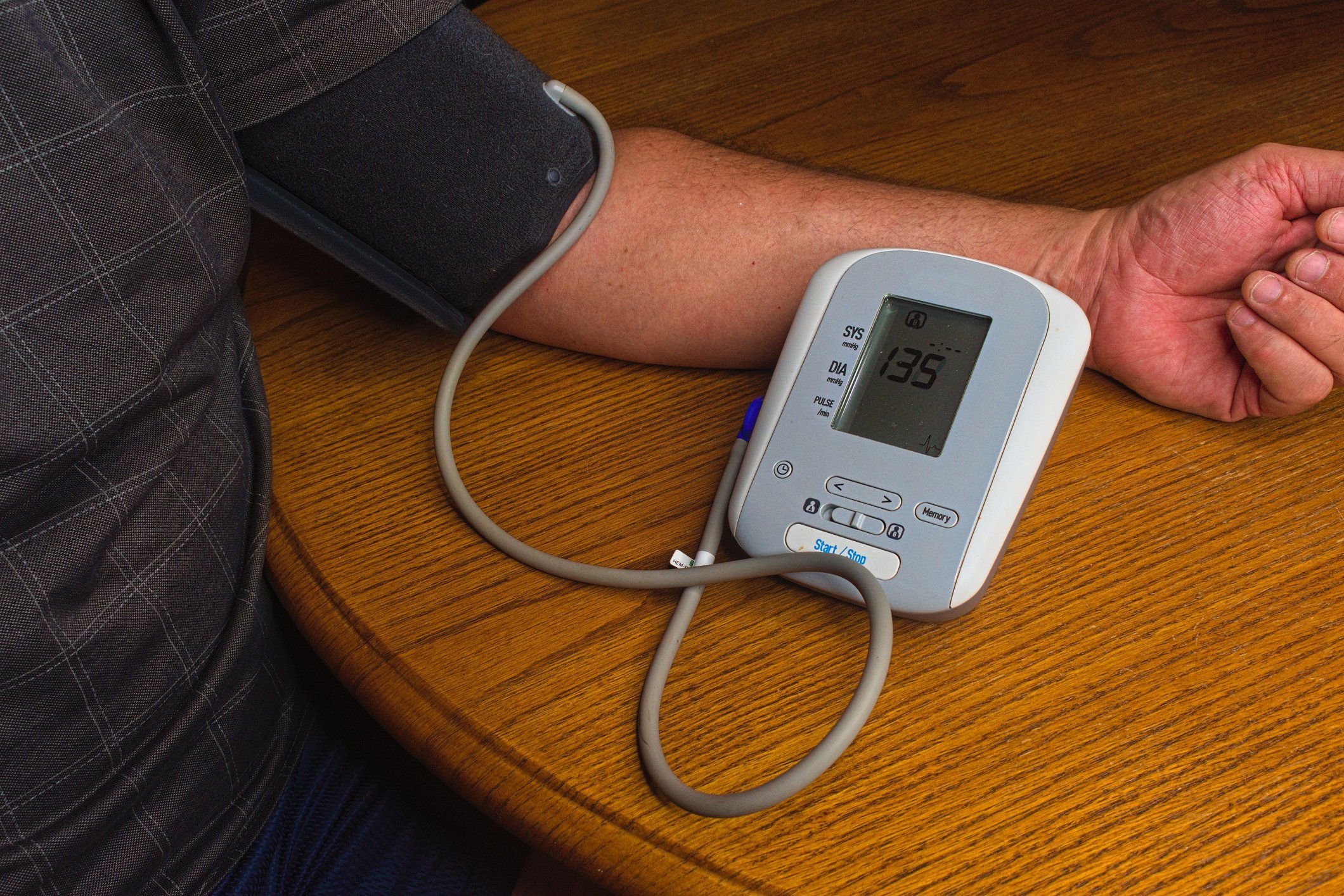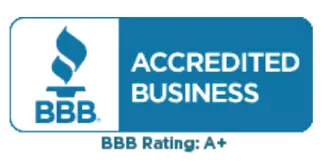What Is the Best Antibiotic for a Sinus Infection?
By Libby Pellegrini MMS, PA-C
June 11, 2025
Prescription Drugs, Your Health & Wellness

What is the best antibiotic for a sinus infection?
Having an upper respiratory infection is annoying, to put it mildly. But when your common cold symptoms become a sinus infection, that annoyance can quickly turn to misery. A virus causes most sinus infections, accompanied by nasal congestion, facial pressure, decreased smell and taste, post-nasal drip, cough, headache, and trouble sleeping. These can usually be managed with over-the-counter medications and nasal rinses. However, you may need an antibiotic if your symptoms suggest a bacterial infection. Read on to learn about the best antibiotic for sinus infection.
What is the best antibiotic for a sinus infection? Sinus infection antibiotics list
What antibiotic is used for sinus infections? The best antibiotics for sinus and respiratory infections target the most common culprit bacterial species that cause acute infections. These include Streptococcus pneumoniae, Haemophilus influenzae, Moraxella catarrhalis, Staphylococcus aureus, and Streptococcus pyogenes. The following antibiotics have good activity against these bacterial species.
| Antibiotic | Drug Class | Common Dosage (Adults) | WellRx Savings Card |
| Amoxicillin | Penicillin | 500 mg | Link Out |
| Amoxicillin-clavulanic acid | Penicillin | 875-125 mg | Link Out |
| Doxycycline | Tetracycline | 100 mg | Link Out |
| Cefixime | Cephalosporin | 400mg | Link Out |
When to get antibiotics for sinus infection
What antibiotic for sinus infection works best, and when should you use an antibiotic? Studies suggest that the grand majority of the time, a sinus infection, also known as “acute sinusitis,” has a viral origin. Sinus infections are rarely caused by bacterial infection. Signs that a sinus infection has a bacterial origin include a long duration of symptoms (greater than 10 days), high fevers, persistent facial pain, tooth pain, or a “double sickening” phenomenon, meaning that instead of starting to improve, your symptoms suddenly get worse.
What antibiotics treat sinus infections?
What antibiotic treats sinus infections? The best antibiotic for sinus infection in adults is based on guidelines. Once a clinician diagnoses bacterial sinusitis, they use empiric guidelines to choose an antibiotic. Typically, an antibiotic in the penicillin class is the starting point unless you have a history of frequent sinus infections or immunosuppression. Amoxicillin or amoxicillin-clavulanic acid (augmentin) are effective first-line antibiotics for sinus infections. If you have a penicillin allergy, an alternative medication such as doxycycline or cefixime can be prescribed.
Amoxicillin
Amoxicillin is a commonly used and affordable antibiotic that has good activity against the bacterial species that typically cause sinusitis. It works by preventing bacterial species from building cell walls. Side effects of amoxicillin tend to be minimal, and the drug is well-tolerated. However, if you are allergic to penicillin, you will likely also be allergic to amoxicillin.
Amoxicillin-clavulanic acid (augmentin)
Amoxicillin-clavulanic acid is another very common antibiotic that can treat sinusitis. In addition to its amoxicillin component, it has an added medication, clavulanic acid, a beta-lactamase inhibitor. It helps improve the antibiotic’s defense against a bacterial enzyme that breaks down amoxicillin. This improves amoxicillin’s performance against certain bacterial species but not others.
Doxycycline
Doxycycline is a commonly used and affordable antibiotic in the tetracycline class. It targets bacterial species by preventing cellular growth and has anti-inflammatory effects. Like other antibiotics, doxycycline can cause some gastrointestinal discomfort. It can also cause sensitivity to sunlight, so it’s important to use sun protection while taking this medication. Women who are pregnant or breastfeeding should not take doxycycline.
Cefixime
Cefixime is an antibiotic in the cephalosporin class. Cephalosporins generally have low cross-reactivity with penicillin-class medications, which means they can be a safe alternative to penicillin antibiotics if you have a penicillin allergy. Like amoxicillin, they help fight bacterial infections by inhibiting cell wall synthesis. Cefixime dosing should be modified if you have decreased renal function.
Are there any over-the-counter antibiotics for sinusitis?
If you’re wondering if it’s possible to avoid a medical visit for sinusitis and get an antibiotic over the counter, you’re out of luck. There are no over-the-counter antibiotics for sinusitis that are currently FDA-approved. The best antibiotic for sinusitis is available by prescription only. However, several categories of medication are available over-the-counter to help improve the symptoms of sinusitis, whether it is a viral or bacterial infection. These include anti-inflammatory medications, saline rinses, oral decongestants, mucolytics, and antihistamines.
How fast do sinus infection treatment antibiotics work?
Once you’ve determined what antibiotic is good for sinus infection, you will likely wonder how fast you can expect the treatment to work. Most antibiotic courses will range from 5 to 7 days. However, you can expect improvement in symptoms to begin after just a few days. Even if you start to feel better, it’s crucial to complete the whole course of the antibiotic medication to help prevent the development of antimicrobial resistance. If you do not experience improvement of symptoms after 7 days of antibiotic therapy, your clinician may need to change your treatment plan. The best antibiotic for sinus infection in adults may need to be altered in order to achieve full resolution.
How often can you take antibiotics for sinus infections?
Taking antibiotics for a bacterial sinus infection is necessary to prevent the development of serious complications, such as orbital cellulitis, brain abscess, or meningitis. However, if you require frequent courses of antibiotics for sinus infections, it may be time to see a specialist. The antibiotics used to treat sinus infections are generally safe and well-tolerated. However, frequent use can lead to the development of antibiotic resistance and other unwanted symptoms.
Natural remedies for sinus infections
Natural remedies can be powerful tools against sinus infections. Because viral sinus infections are more common than bacterial infections, natural remedies may also be the first line of defense compared to antibiotics.
Remedy 1: Nasal rinses
A nasal rinse or lavage can help clear the nasal passageways of inflammatory cells and provide symptomatic relief. Using bottled or sterilized water, saline irrigation can help flush mucus and irritants from the nose. This can help with pain and promote the movement of cilia, tiny, hairlike cells that aid in recovering from a sinus infection.
Remedy 2: Steam irrigation
Steam can help improve symptoms of sinus infection by moisturizing nasal passageways. Humidified air is soothing and can also improve pain symptoms. You can create this effect by steaming up the bathroom or inhaling air from a hot beverage.
Remedy 3: Saline spray
A saline spray can often help break up thickened mucous and improve sinus infection symptoms. This method can be beneficial whether a virus or bacteria causes your symptoms.
How to prevent sinusitis
Getting an upper respiratory infection is almost inevitable whenever you’re around other people, particularly in the cooler months. However, there are measures you can take to avoid developing sinusitis on top of an upper respiratory infection. This includes preventing environmental irritants, such as smoke exposure, excessive dryness, and allergens. General measures that boost your immunity—such as proper handwashing, proper nutrition, staying hydrated, and focusing on getting enough sleep—can also help you prevent sinusitis.
Get your free ScriptSave® WellRx account and start saving on your medications
| If you are experiencing symptoms of bacterial sinus infection, a prescription medicine may be needed. Make sure to get your free WellRx account and start saving on your medications. The average participant sees up to 80% savings* on prescription medications. |
*DISCOUNT ONLY – NOT INSURANCE. The program is administered by Medical Security Card Company, LLC.
FAQs related to best antibiotics for sinus infections
When does a sinus infection need antibiotics?
Most sinus infections do not require antibiotics. However, you may need antibiotics if your symptoms have lasted more than 10 days, have gotten worse instead of improving, or have severe symptoms, such as a high fever.
Is penicillin good for sinus infection?
A penicillin-class medication is the first line of defense against bacterial sinus infections. This includes medicines like amoxicillin and amoxicillin-clavulanic acid, also known as Augmentin. However, you should not take these medications if you have a known penicillin allergy.
Is augmentin good for sinus infection?
Yes, Augmentin is the brand name for amoxicillin-clavulanic acid. This antibiotic is one of the best for sinus infections because it works well against the common bacterial species that cause bacterial sinusitis.
Can doxycycline treat sinus infections?
Yes, doxycycline is an effective medication for treating bacterial sinus infections. It effectively targets the bacterial species typically responsible for sinus infections. Doxycycline is often used as an antibiotic for sinus infections in people with penicillin allergies.
Is azithromycin used for sinusitis?
Yes, clinicians often use azithromycin to treat sinusitis. However, it is not recommended as a first-line antibiotic. Although it is common for people to ask for or expect treatment with azithromycin (also known as a “Z-Pak”), this antibiotic is not recommended for initial therapy.
Is Cipro good for sinus infection?
Cipro, also known as ciprofloxacin, is effective against the bacterial species that typically cause sinus infections. However, because of its significant side effects, clinicians have been encouraged not to use Cipro as a first-line antibiotic for treating sinus infections.
What is the best antibiotic for sinus infection besides amoxicillin?
The best antibiotic for sinus infection besides amoxicillin depends on your specific medical history. If you have a penicillin allergy, doxycycline may be the best antibiotic for sinusitis. However, if you are pregnant or breastfeeding, you should not take this medication. Instead, a cephalosporin medication such as cefixime is recommended.
What antibiotics for sinus infection can you take while pregnant?
If you are pregnant and your clinician suspects you have a bacterial sinus infection, the best antibiotics for sinusitis include amoxicillin, amoxicillin-clavulanic acid (augment), or cefixime.
Why is Keflex not recommended for sinus infection?
Keflex (cephalexin) is a cephalosporin antibiotic that is not usually recommended for treating sinus infections. This is because it does not have good activity against the species that typically cause sinus infections. A better cephalosporin agent is cefixime, which is in a different cephalosporin class.
Is Z-Pak for sinus infection?
While Z-Pak is often prescribed for sinus infections, it is not the best antibiotic. Instead, a more effective antibiotic for sinusitis is a penicillin-class agent, such as amoxicillin or amoxicillin-clavulanic acid.
Besides antibiotics, what are some other good sinus infection medications?
Typically, sinus infections do not require antibiotics. Instead, good sinus infection medications include intranasal saline spray, intranasal ipratropium bromide (Atrovent), intranasal decongestants (oxymetazoline), intranasal steroids (Flonase), or oral decongestants.
How long do antibiotics take to work against a sinus infection?
It can take a few days for antibiotics to work against a sinus infection because it is difficult to penetrate the sinuses. However, even when they begin to take effect and you begin to feel symptomatic relief, it’s important to continue taking the medications and finish the entire course to prevent antibiotic resistance.
What is the effectiveness of antibiotics for acute sinusitis?
Most cases of acute sinusitis do not require antibiotics because a virus usually causes them. However, antibiotics can be highly effective when an actual bacterial infection causes sinusitis.
References:
https://pubmed.ncbi.nlm.nih.gov/21364226/
https://aao-hnsfjournals.onlinelibrary.wiley.com/doi/full/10.1177/0194599815587677
https://academic.oup.com/cid/article/54/8/e72/367144?login=false
https://www.ncbi.nlm.nih.gov/books/NBK545273/
Recommended Articles









